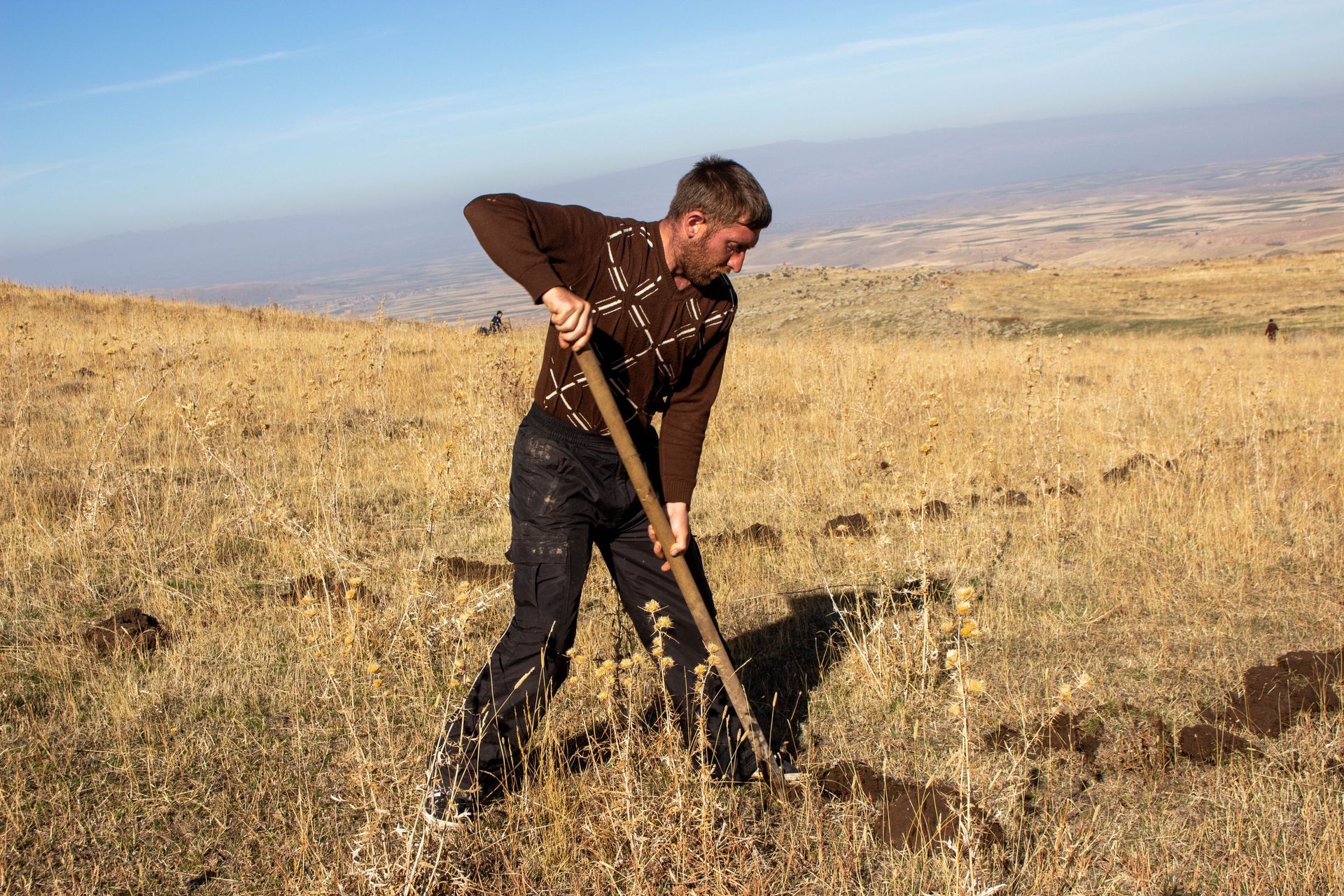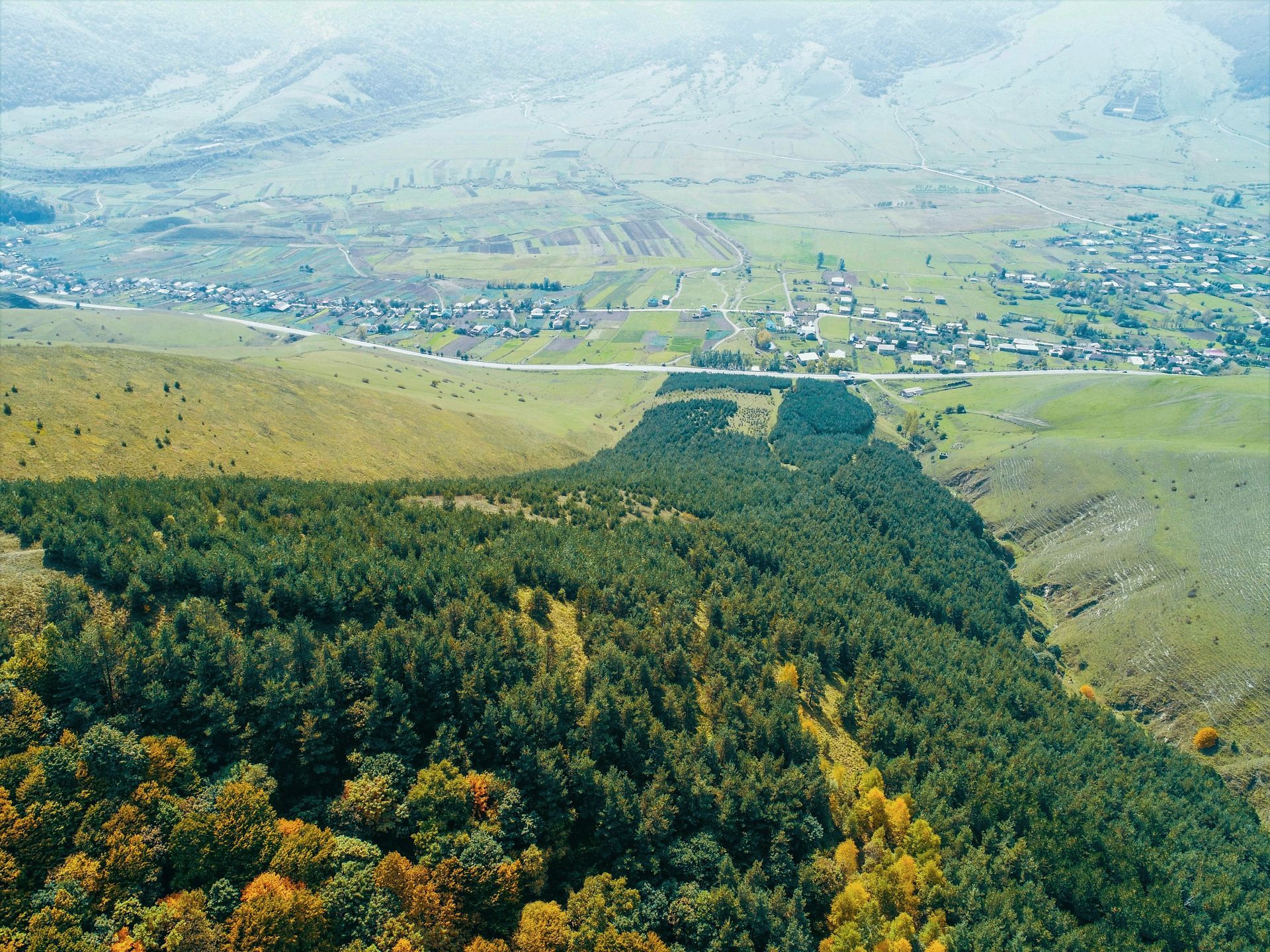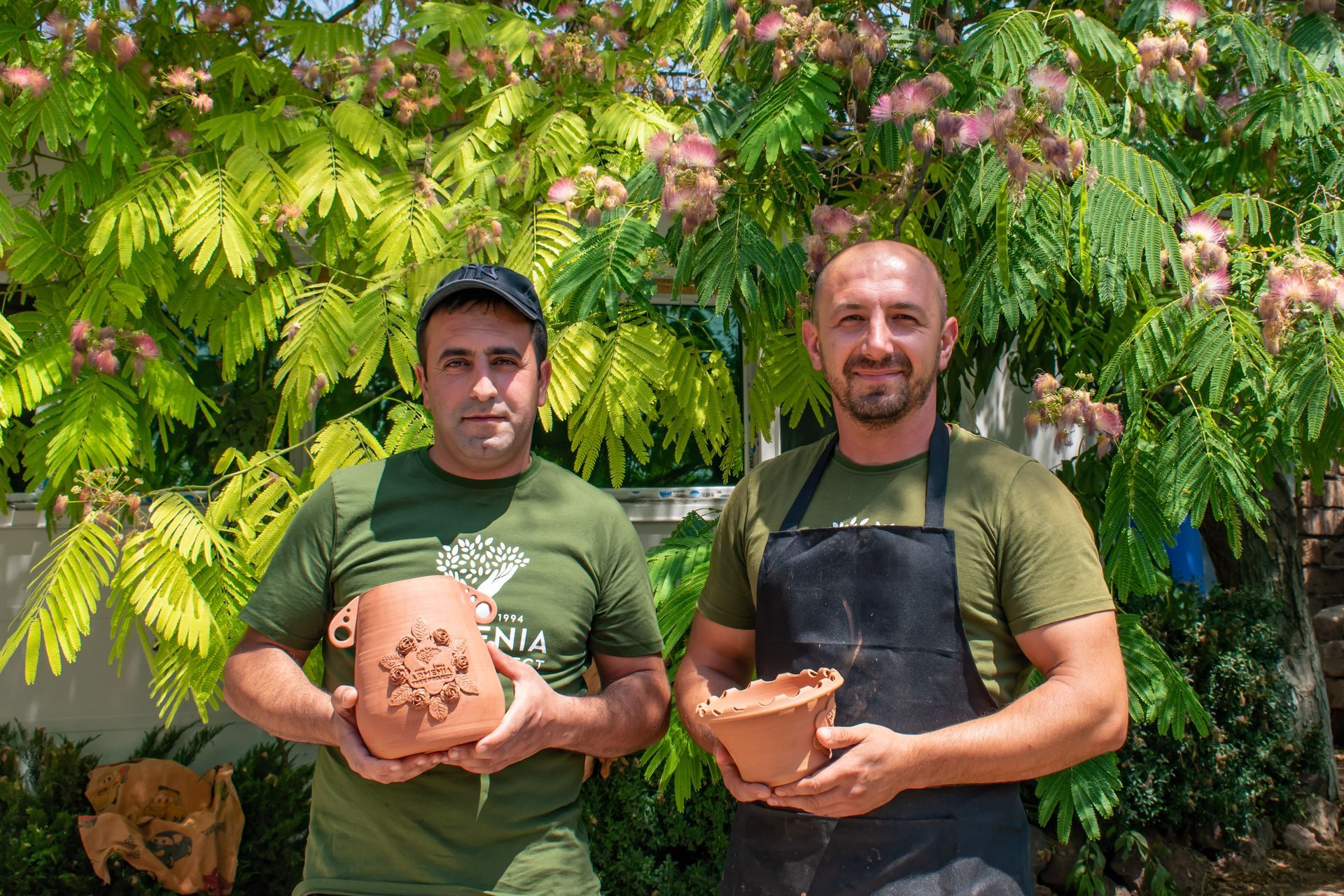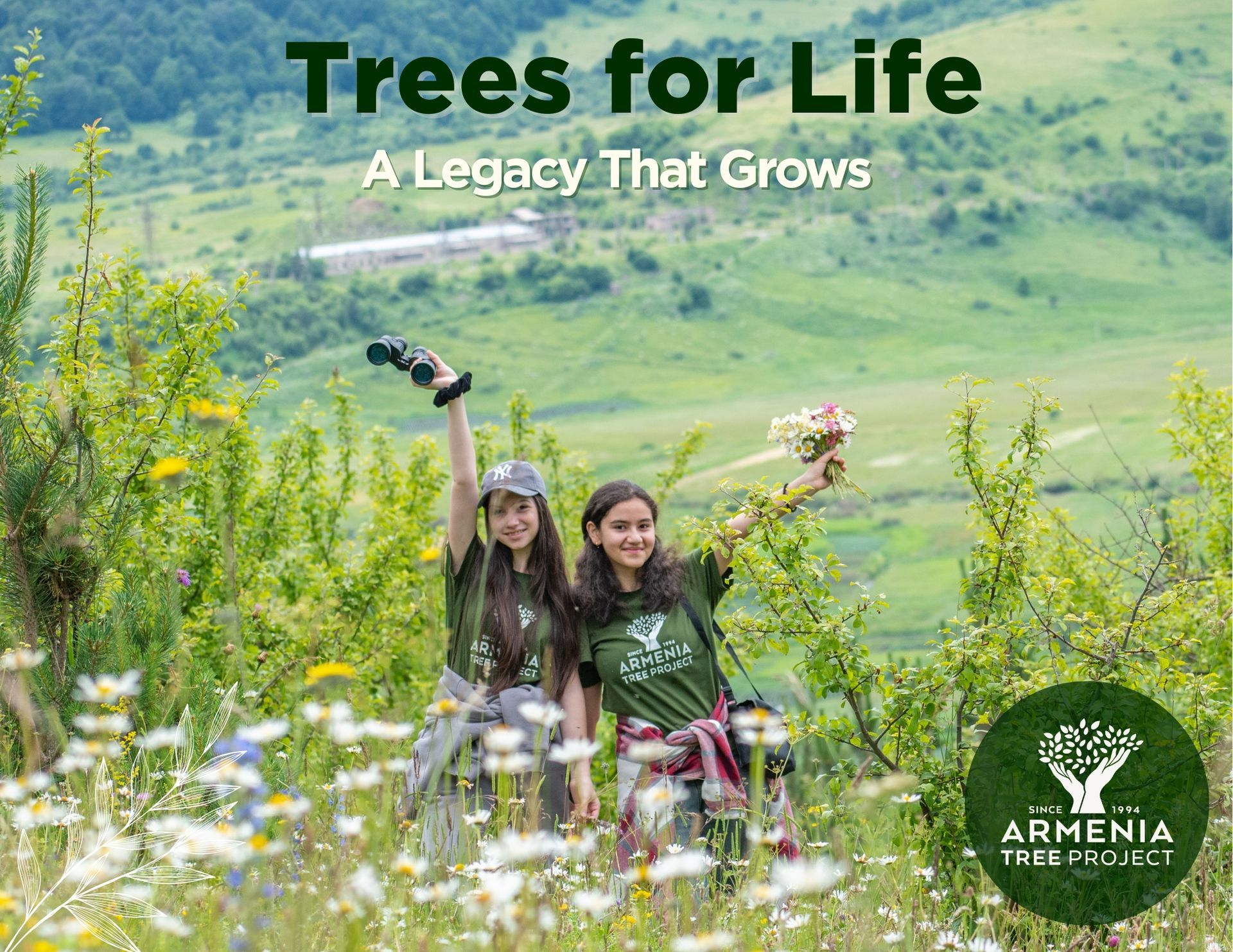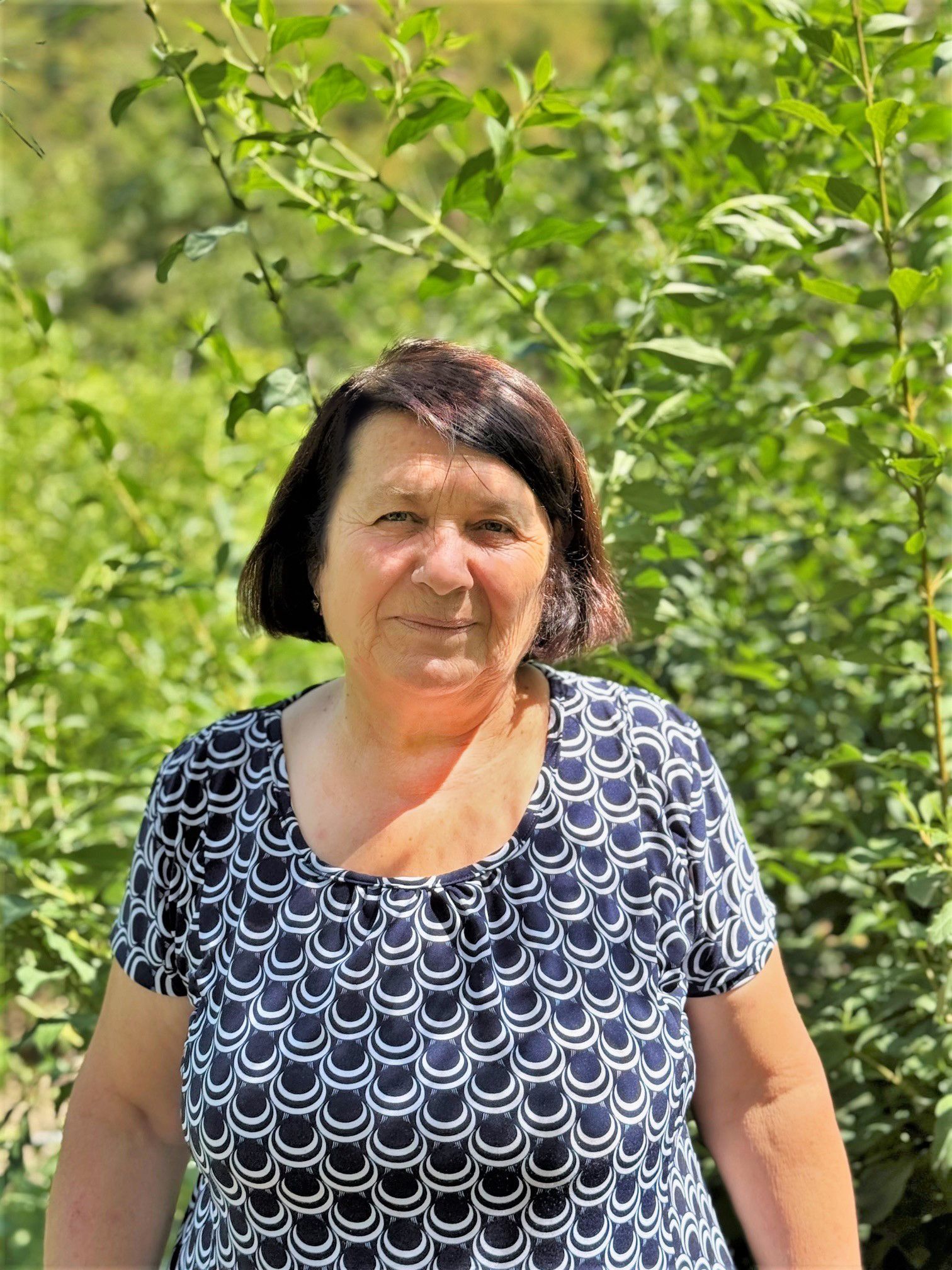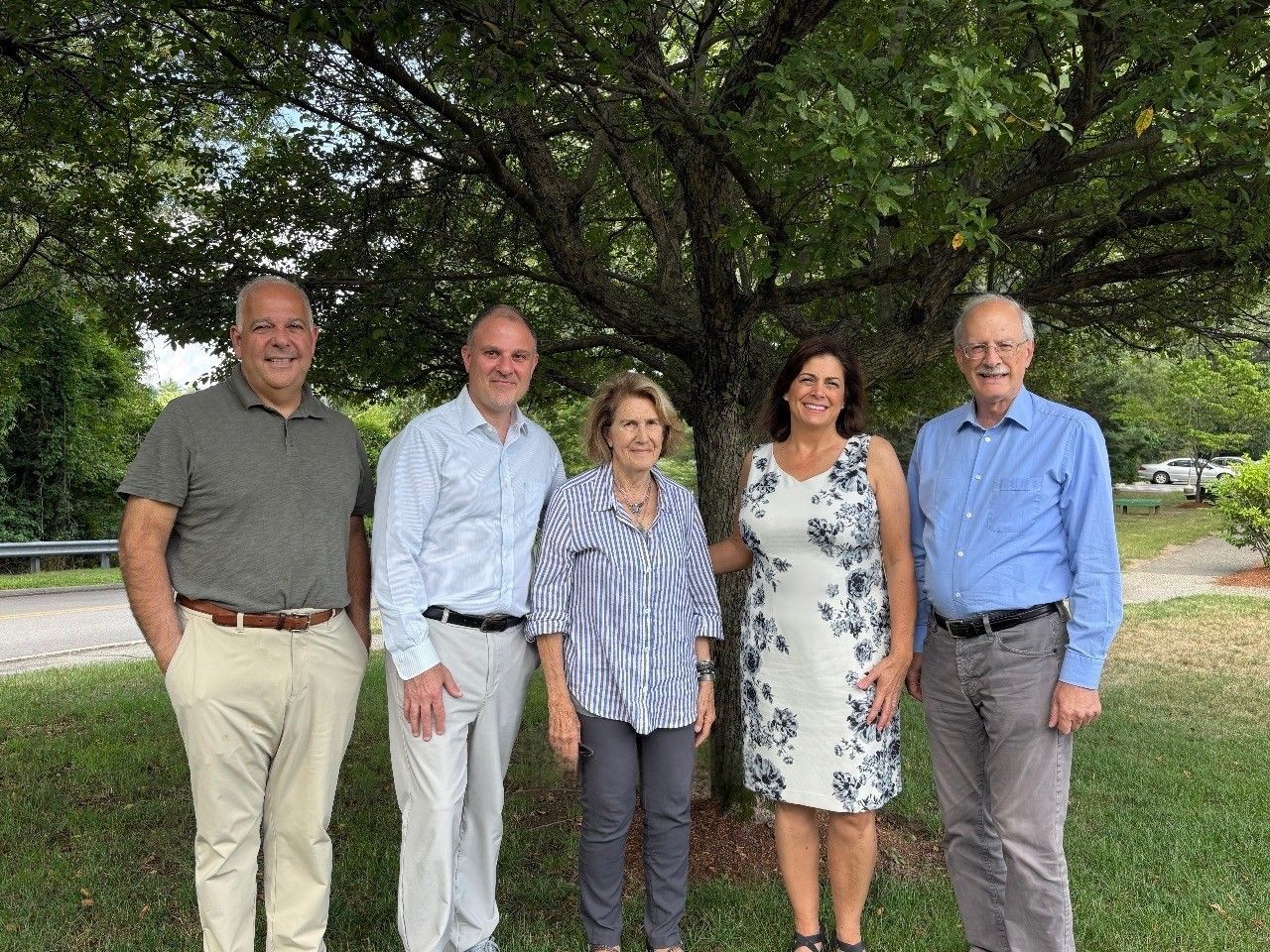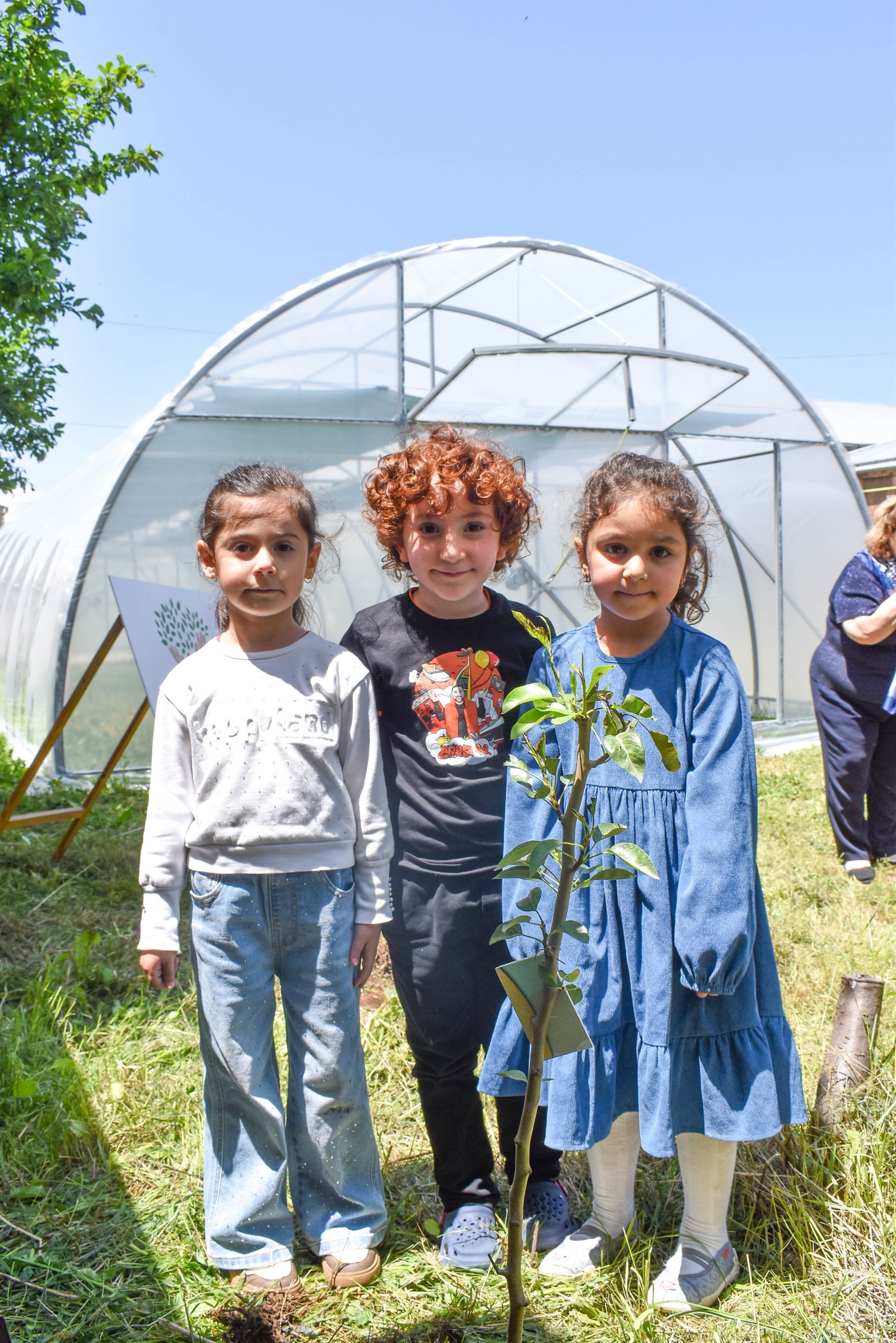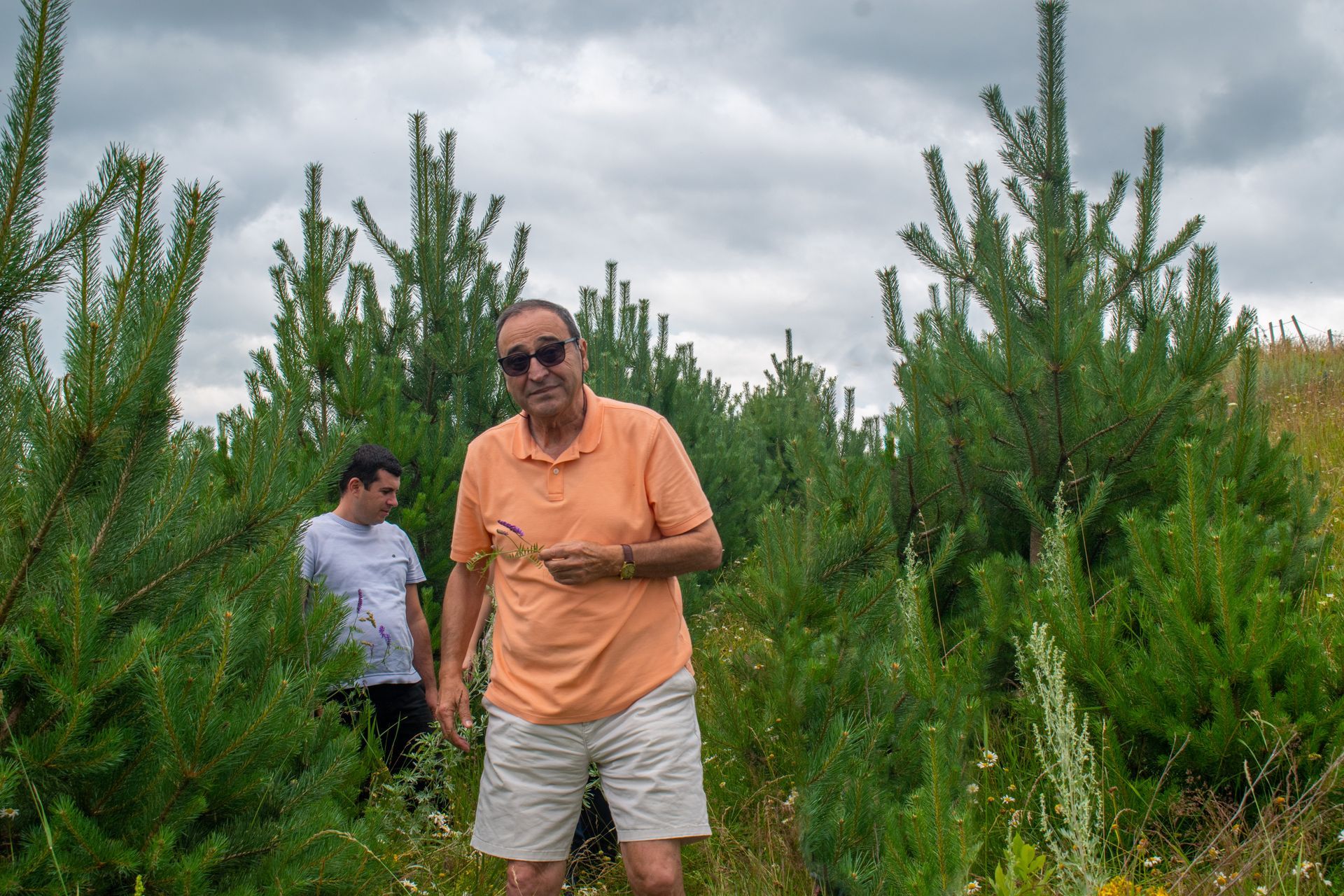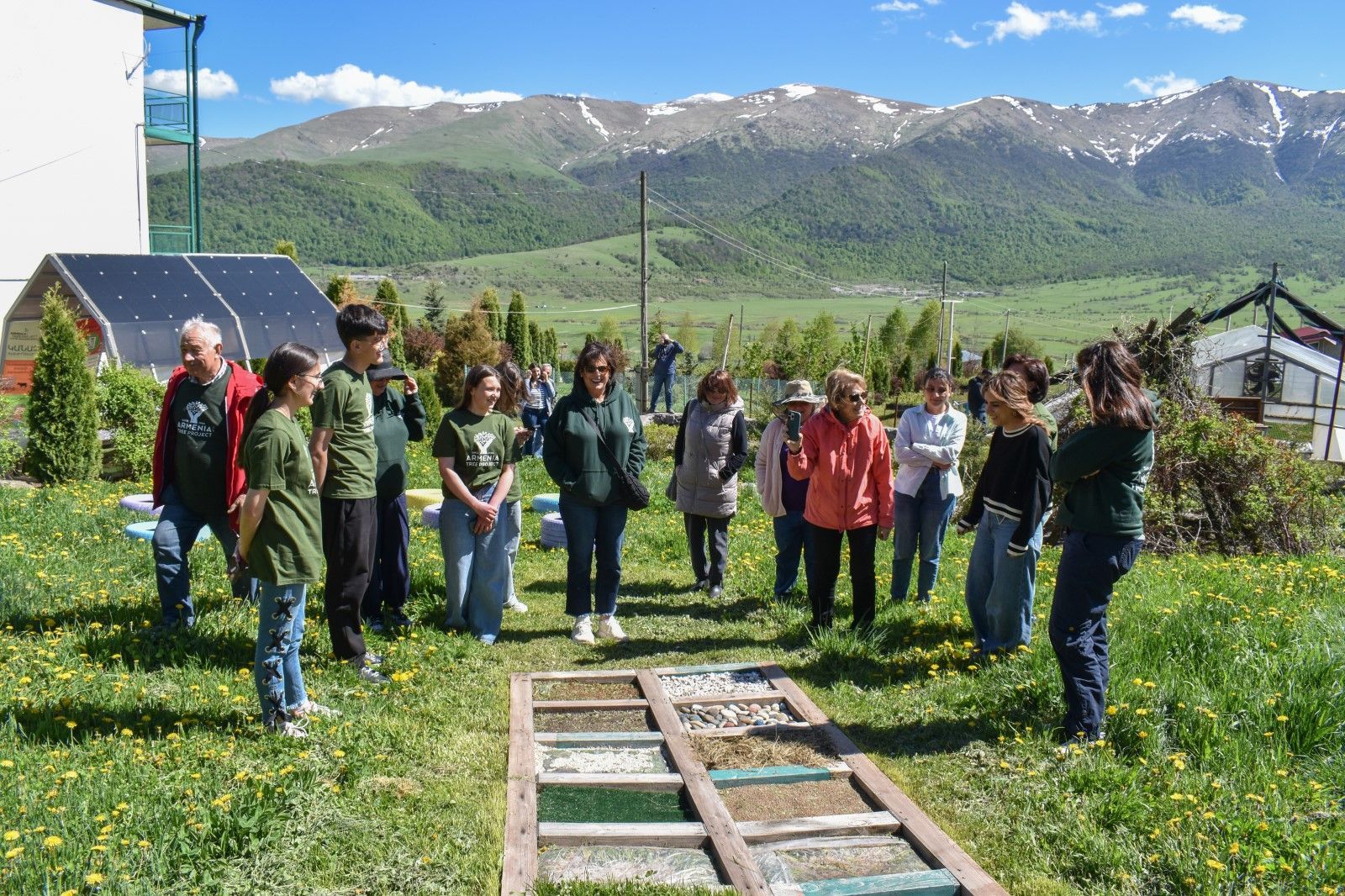EMBRACING THE CHILL: ATP PREPARES ITS NURSERIES FOR ROOTS OF RENEWAL DURING THE WINTER SEASON
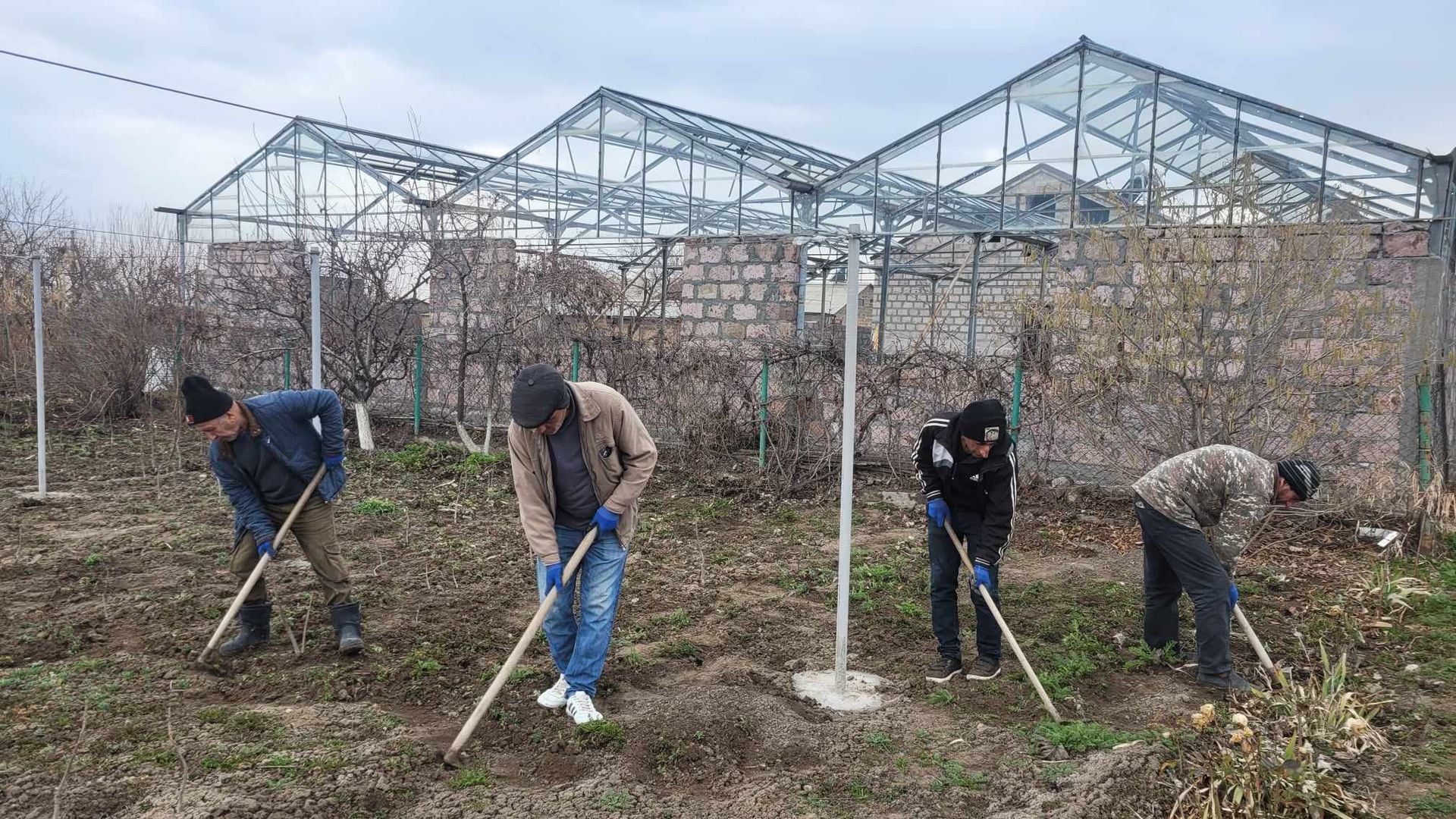
Ever wondered what goes on behind the scenes at the ATP Nurseries during the winter months? While trees lay dormant in the frosty embrace of winter, the ATP Nursery Staff is orchestrating a symphony of growth, preparing for the vibrant awakening that spring promises.
Picture this: an unusually warm February morning, warmed even further by the enthusiasm of ATP's Nursery Specialists from the bustling Yerevan office, who make their way through the Palvetzian Greenhouse. As they kick off the day, an apparent stillness blankets the scene. Empty, you might think, until you take a closer look. The small containers lining the shelves are not barren; they are vessels brimming with promise, filled with the rich, dark soil meticulously prepared by the dedicated hands of the Nursery Team last fall.
Gevorg Zaroyan, the Khachpar Nursery Manager, unveils the magic behind the scenes. Winter is not a time of hibernation but a season of meticulous groundwork. The team fills containers with a soil mixture, a concoction of peat moss, red sand, and perlite, ready to nurture the seeds that will soon sprout into mountain ash, birch, pine, and oak trees. Thanks to a milder winter, the nursery team has been able to jump-start the cultivation process, paving the way for an early seed-sowing extravaganza.
Armenia's diverse climatic zones demand flexibility, and ATP delivers. The nurseries boast both bare root and container-grown trees, catering to various planting preferences. Container-grown seedlings, with their intact soil plugs, offer extended planting timeframes and a growth advantage in the first year. On the flip side, bare root seedlings offer affordability and ease during planting, addressing the diverse needs of communities during ATP's tree planting initiatives, including fruit tree distribution.
But it doesn't stop there. The Khachpar Nursery, a powerhouse of growth, churns out a staggering 200,000 plants annually. Gevorg Zaroyan proudly shares, "Everything starts from a single seed sown in these tiny containers." Native seeds are the secret ingredient, producing geographically suitable species that are locally adapted. The nursery currently boasts over 90 species of trees and shrubs, each playing a crucial role in ATP's mission to green every corner of Armenia.
The nurseries are not just static entities; they are living laboratories of innovation. ATP is not only expanding existing species but delving into the realm of breeding, birthing new trees and shrubs. The upcoming stars include varieties of spindle tree, firethorn, and hazel pine, adding a dash of novelty to Armenia's thriving ecosystem.
Beyond the confines of the nurseries, ATP's commitment extends to annual forest tree seed collection. Seeds collected from different planting sites undergo a meticulous process, finding their way to the Mirak Reforestation Nursery in Margahovit Village for planting, ensuring a cycle of renewal that spans across Armenia's breathtaking landscapes.
Since 1996, ATP has been a stalwart in tree production, operating state-of-the-art nurseries with the mission of providing native tree seedlings of the highest quality for deployment across every region of Armenia. Almost three decades of dedication have culminated in significant increases in volume growth and resilient properties of key tree species, a testament to ATP's ongoing tree improvement programs.
As the winter winds whisper tales of growth and renewal, ATP's nurseries stand as guardians of Armenia's green legacy, orchestrating a dance of life that transcends seasons. Get ready to witness the magic unfold as spring heralds a symphony of new beginnings, all nurtured in the nurturing embrace of the ATP Nurseries.
- # # # -
Armenia Tree Project, established in 1994, is a non-profit organization that revitalizes Armenia’s most vulnerable communities through tree-planting initiatives, and provides socio-economic support and growth. It is based in Yerevan, Armenia and has an office in Woburn, Massachusetts. For more information, please visit ArmeniaTree.org or email info@armeniatree.org.



